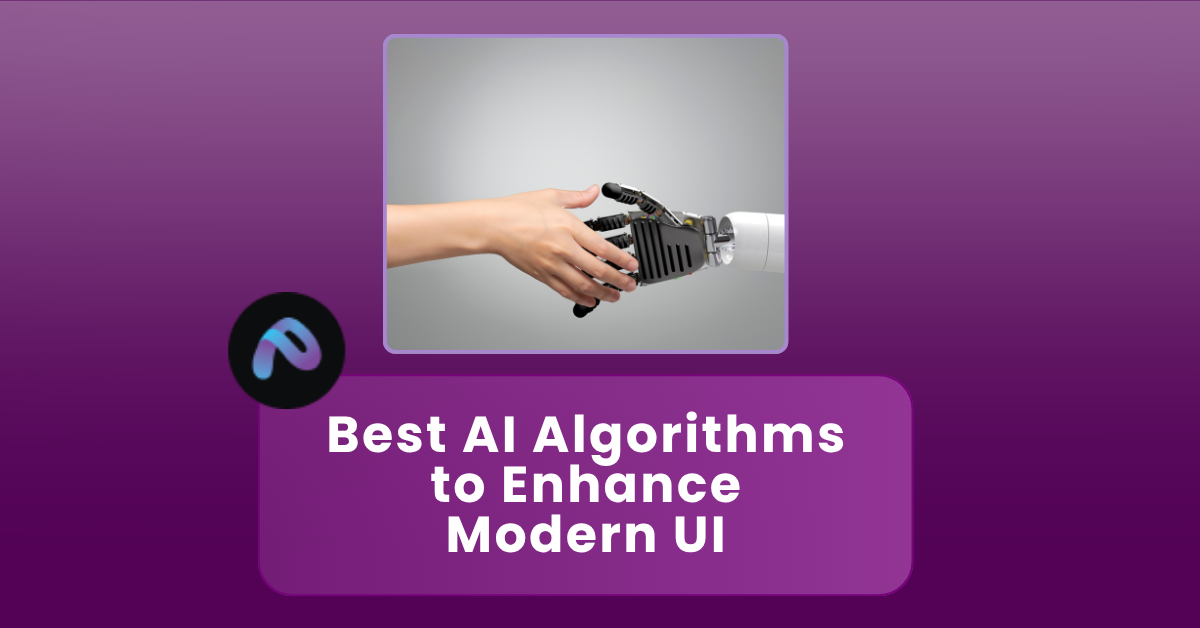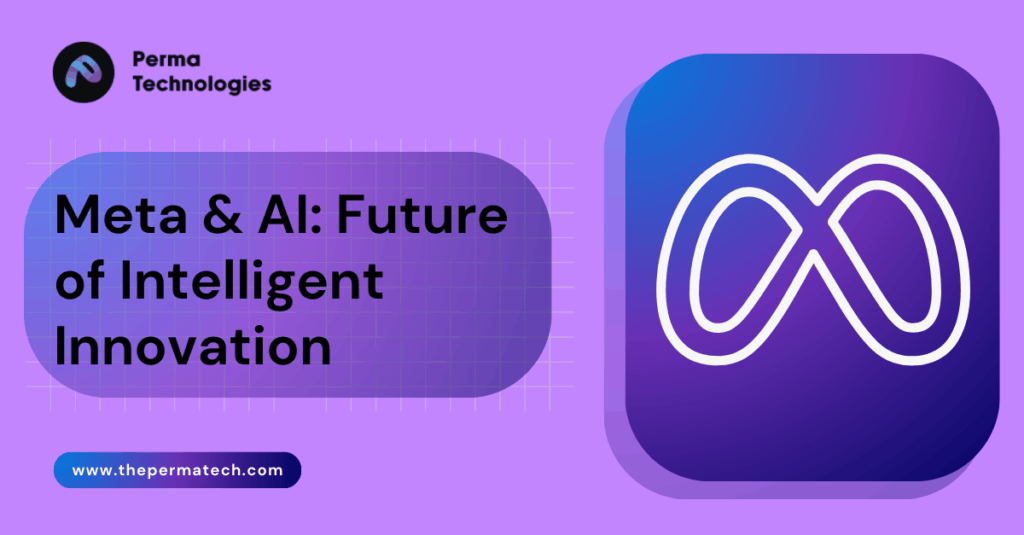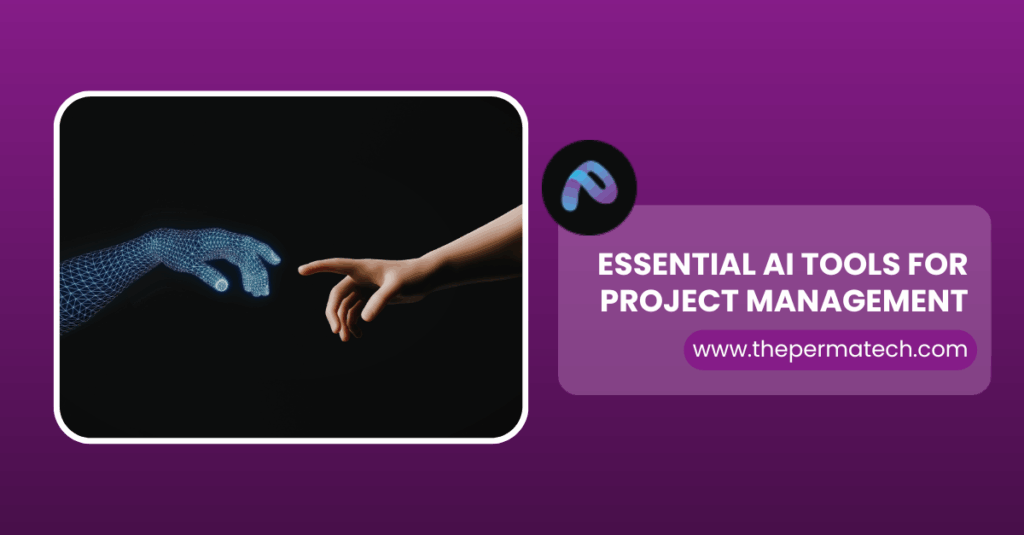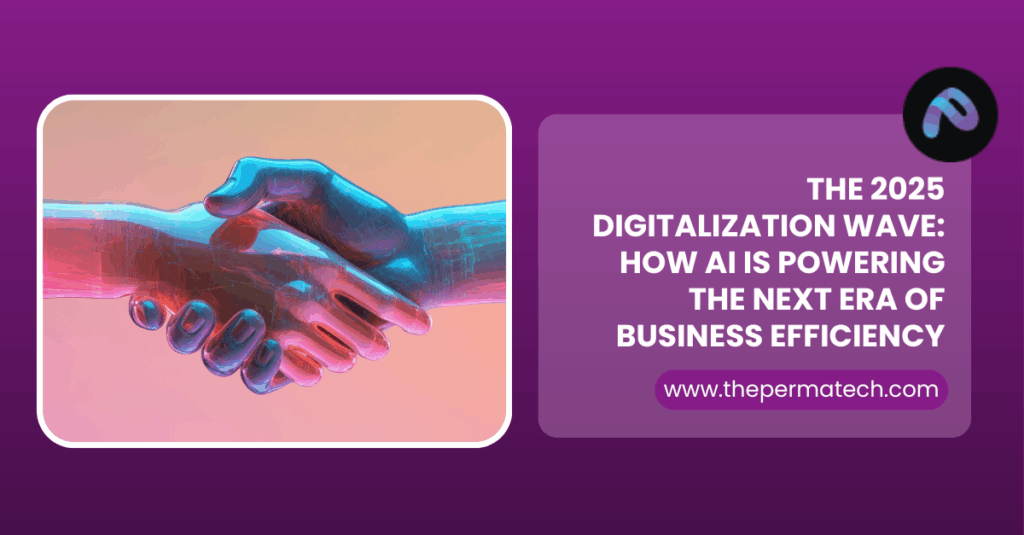Artificial Intelligence (AI) has moved far beyond being just a “backend” tool for analytics or automation. Today, some of the most engaging and successful applications owe their user experience (UX) and user interface (UI) efficiency to AI algorithms. From adaptive layouts to conversational agents, algorithms are shaping how people interact with digital products making interfaces more personalized, accessible and intelligent.
In this article, we’ll explore the best AI algorithms for enhancing user interfaces in 2025, supported by current trends, real world applications, and analytical insights.
Why AI Matters in UI/UX
A good interface is intuitive. A great interface anticipates user intent. AI enables this anticipation by learning from patterns in user behavior, device contexts, and even natural language.
According to a 2024 Gartner report, over 70% of digital product teams are embedding AI driven personalization or prediction into their UI workflows. Furthermore, Adobe’s 2025 design trends survey highlights that AI assisted design has cut prototype to deployment time by 40% for leading digital agencies.
Core AI Algorithms Driving UI Enhancements
1. Natural Language Processing (NLP)
NLP powers chatbots, virtual assistants, and voice controlled UIs. Modern NLP algorithms such as transformer based models (e.g., BERT, GPT, LLaMA, Mistral) enable interfaces to understand queries with context, tone, and intent.
Applications:
- Conversational commerce (Amazon Alexa, Google Assistant).
- AI-driven support chatbots in apps like Intercom or Drift.
- Multilingual UI adaptation for global products.
Key Algorithm: Transformer-based deep learning (Attention mechanisms).
2. Reinforcement Learning (RL)
Reinforcement learning teaches systems through trial and error. In UI contexts, RL is used to optimize layouts, recommend actions, and improve navigation flow.
Example: YouTube uses RL based bandit algorithms to refine its homepage recommendations dynamically.
Impact: RL reduces user friction, boosts engagement and adapts to evolving behaviors.
3. Computer Vision (CV)
Computer Vision transforms visual elements into actionable data. With CV algorithms, UIs can recognize gestures, adapt to facial expressions and enhance accessibility.
Applications:
- Face ID authentication in Apple devices.
- Gesture-based controls in AR/VR apps.
- Real-time sign language translation.
Key Algorithms: Convolutional Neural Networks (CNNs), Vision Transformers (ViTs).
4. Generative AI (GANs & Diffusion Models)
Generative Adversarial Networks (GANs) and diffusion models are behind dynamic design generation and personalized asset creation.
Use Cases:
- Auto-generating illustrations, icons and UI themes.
- Dynamic image resizing without quality loss.
- Personalized backgrounds and themes in mobile apps.
5. Collaborative & Content Based Filtering (Recommendation Systems)
Personalized recommendations are a cornerstone of UI/UX. Algorithms like Matrix Factorization, Collaborative Filtering and Neural Recommenders enhance digital storefronts, dashboards, and media apps.
Example: Netflix’s hybrid recommendation algorithm improves watch time by 26% on average.
6. Anomaly Detection Algorithms
These algorithms enhance UI by identifying unusual behavior helping with fraud prevention, error detection or even flagging confusing design elements.
Techniques: Isolation Forest, One Class SVM, Autoencoders.
Impact: Ensures smoother interactions by reducing user frustration with broken workflows.
7. Clustering & Segmentation Algorithms
K-means, DBSCAN, and hierarchical clustering help segment users based on behavior. This enables UIs to show different layouts, dashboards or guides based on user profiles.
Example: SaaS platforms like HubSpot adapt onboarding experiences using clustering models.
Current Market Insights (2025)
Here’s a snapshot of the most adopted AI algorithms for UI/UX (based on a 2025 survey of 500 global product teams by McKinsey & Forrester):
| Algorithm Type | Adoption Rate (2025) | Primary Use Case | Impact Metric |
| NLP (Transformers) | 82% | Conversational UI, Voice Control | ↑ CSAT by 35% |
| Reinforcement Learning | 60% | Navigation Flow, Recommender Adaptation | ↑ Engagement by 22% |
| Computer Vision | 55% | Gesture/Faces/Accessibility Enhancements | ↑ Accessibility usage by 30% |
| Generative AI (GAN/Diff.) | 47% | Auto-design, Personalization | ↓ Design time by 40% |
| Recommendation Algorithms | 75% | Personalized Content/Commerce | ↑ Retention by 28% |
| Anomaly Detection | 50% | Fraud/Error Prevention | ↓ UX errors by 18% |
| Clustering & Segmentation | 63% | Adaptive Dashboards/Onboarding | ↑ Conversion by 21% |
Case Studies: AI Powered UI in Action
- Spotify : Uses collaborative filtering + RL to refine “Discover Weekly.” Engagement per session grew by 20% after rollout.
- Duolingo : Applies NLP + RL to adjust lesson difficulty dynamically. This has improved lesson completion by 17% in 2024.
- Figma : Now integrates generative AI for auto layouts and design suggestions, reducing manual UI work by 35% for teams.
Future Outlook: Trends to Watch
- Adaptive Accessibility: AI driven CV models for real time sign language recognition.
- Emotion Aware UIs: Sentiment analysis + facial recognition for adaptive feedback.
- Zero UI Interfaces: AI interpreting context (gestures, voice, biometrics) without visible controls.
- AI Co-Design: Platforms like Canva, Figma and Adobe integrating generative AI for drag and drop UI creation.
By 2027, analysts project that 90% of consumer facing applications will include AI driven UI personalization.
Conclusion
The best AI algorithms for enhancing user interfaces today span NLP, RL, CV generative AI, recommendation engines, anomaly detection and clustering. Together, these tools enable interfaces that are not only smarter but also more human centered.
Businesses adopting AI for UI/UX gain measurable outcomes reduced bounce rates, higher customer satisfaction and faster design to market cycles. In the coming years, AI won’t just enhance UI,it will define how humans interact with technology itself.





